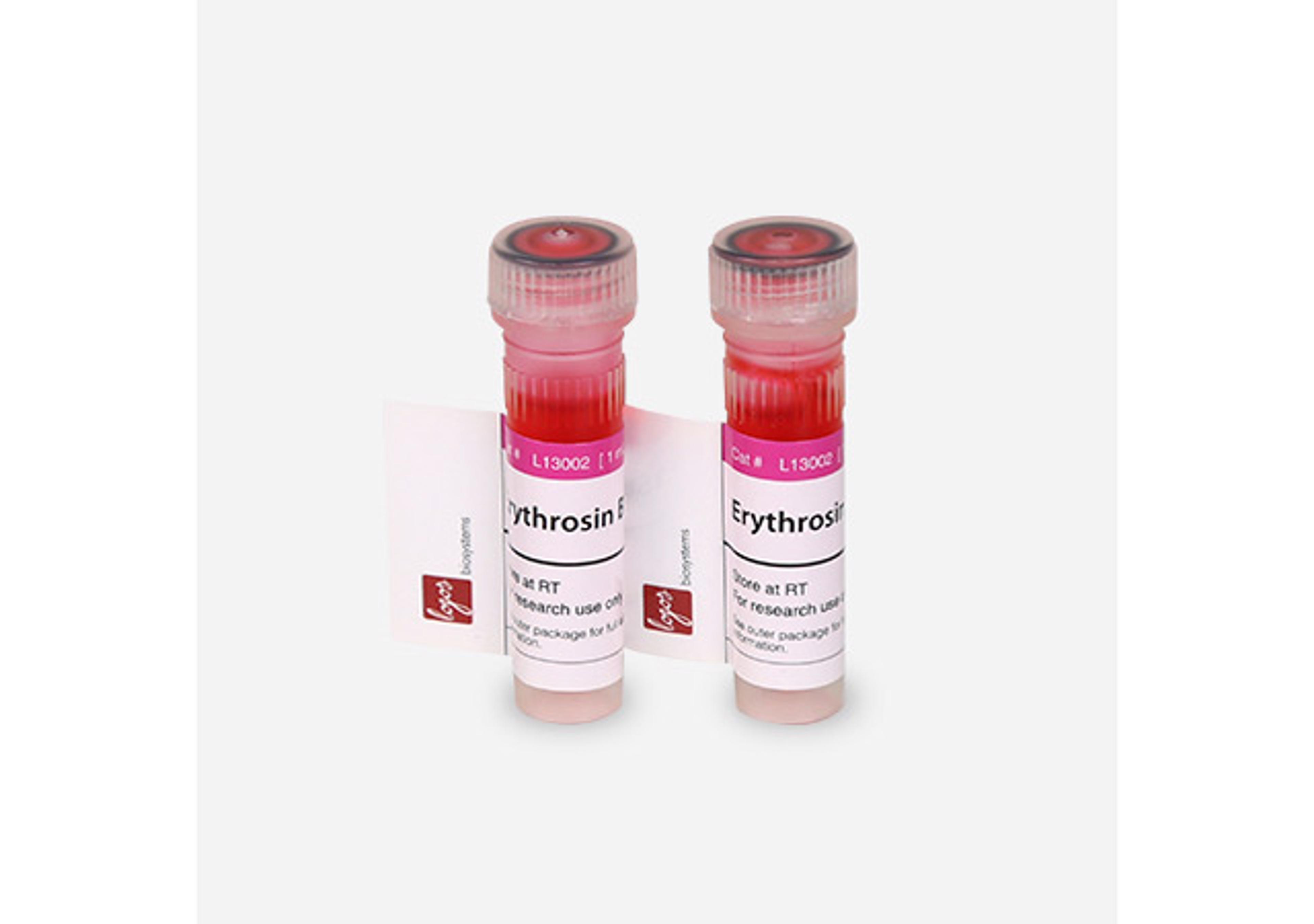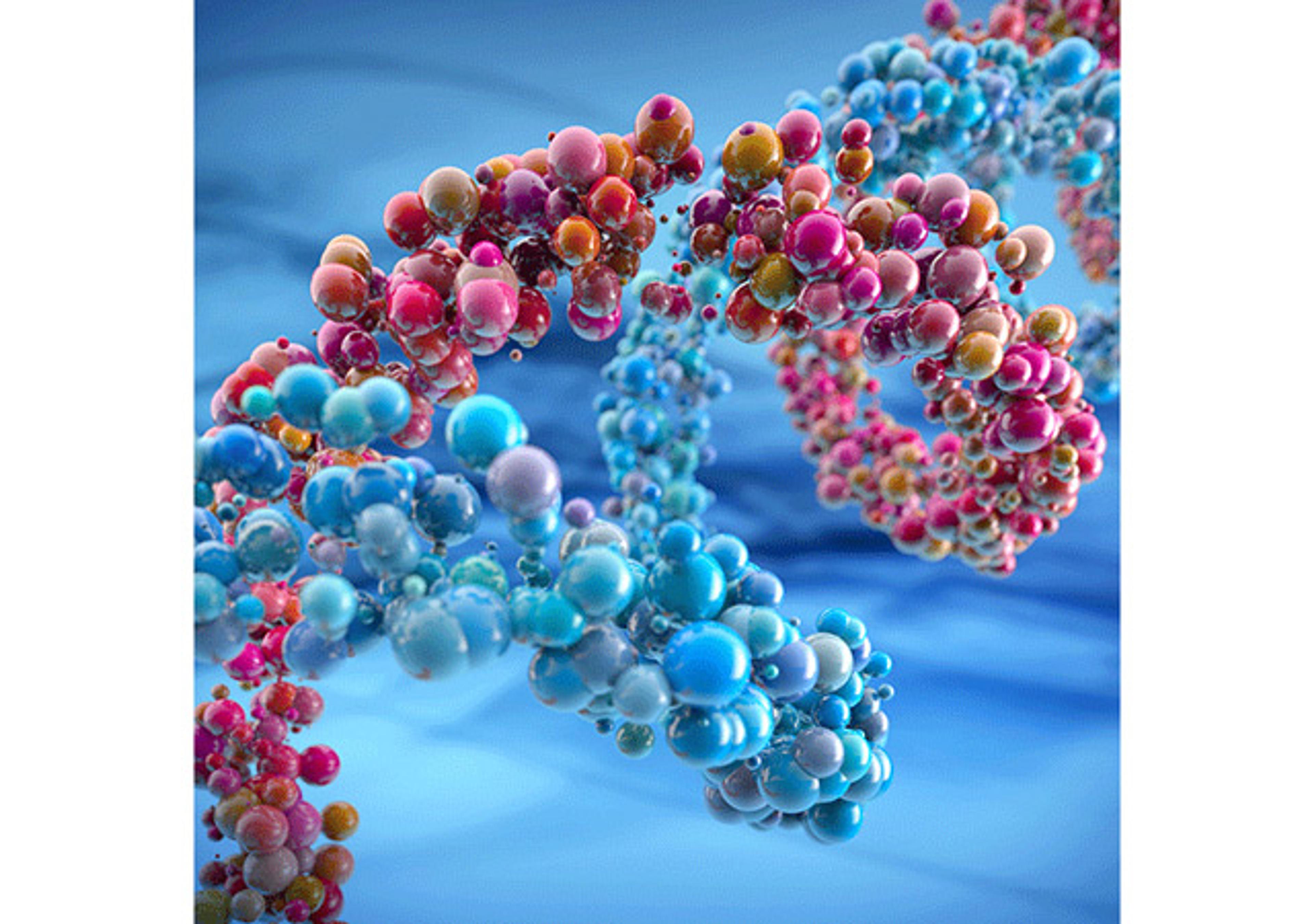FG beads® Nanomagnetic Particles
FG beads are magnetic nanoparticles, suitable for various applications. There are many kinds, which have different functional groups and pre-immobilized proteins.

The supplier does not provide quotations for this product through SelectScience. You can search for similar products in our Product Directory.
FG beads® are beads approximately 200 nm in diameter that are composed of multiple ferrite particles coated with a special polymer called poly-GMA (glycidyl methacrylate).
The FG beads® that are manufactured using this original technology are used as materices for affinity purification and provide characteristics that are superior to conventional materices, allowing one-step purification of the drug target protein. The development of an automated screening system that magnetically separates and disperses the FG beads® makes it possible to automate the affinity purification process, process multiple samples simultaneously, and shorten the time required.
FG beads® are materices for affinity purification that provide superior characteristics which are not available with conventional materices.
Benefits:
- Excellent dispersibility
- Large specific surface area
- Extremely little non-specific adsorption
- Resistant to various organic solvents
- Can be magnetically recovered
FG beads® can capture a variety of substances, including chemicals (drugs), proteins, and DNA. From the 9 types of FG beads®, select the type with the optimal surface modification according to the functional group of the substance you want to bind. Because FG beads® are resistant to various organic solvents, they are able to bind a variety of ligands. (Avoid using streptavidin beads or other protein-binding FG beads® in organic solvents.) The beads with ligands immobilized can be used for affinity purification of the target biological substance.
The surface of the FG beads® contains a molecular chain known as a "linker". Ordinarily, when the molecular weight of the target substance was larger than the ligand, or when the ligand receptor was located inside the target substance, steric hindrance could significantly reduce the affinity purification efficiency. Because the ligand is immobilized on the FG beads® via the linker, this problem can be avoided.
Varieties:
- Plain beads - DNA is immobilized directly. The spacer is not necessary.
- Linker(Epoxy)beads - Compounds with phenol groups are immobilized easily.
- OH beads - Compounds with COOH groups are immobilized without aftertreatment.
- NH2 beads - Compounds with COOH groups are immobilized easily.
- COOH beads - Compounds or proteins are immobilized efficiently!
- NHS beads - We can use NHS beads in wide application such as the chemical biology or cell separation.
- Ts beads - His tag proteins are immobilized selectively!
- Azide beads - The immobilization of the ligand by the click chemistry is possible!
- Alkyne beads - The immobilization of the ligand by the click chemistry is possible!
- Streptavidin beads - Biotinylated molecule are immoilized on Streptavidin beads. And, it is available for various uses.
- NeutrAvidin beads - Avidin-like beads with almost no non-specific adsorption.
- Protein A beads - It is available for the antibody purification and the immunoprecipitation!
- Protein G beads - It is available for the antibody purification and the immunoprecipitation!



















